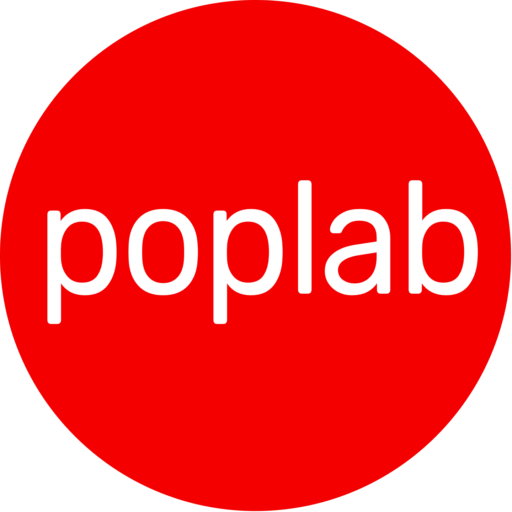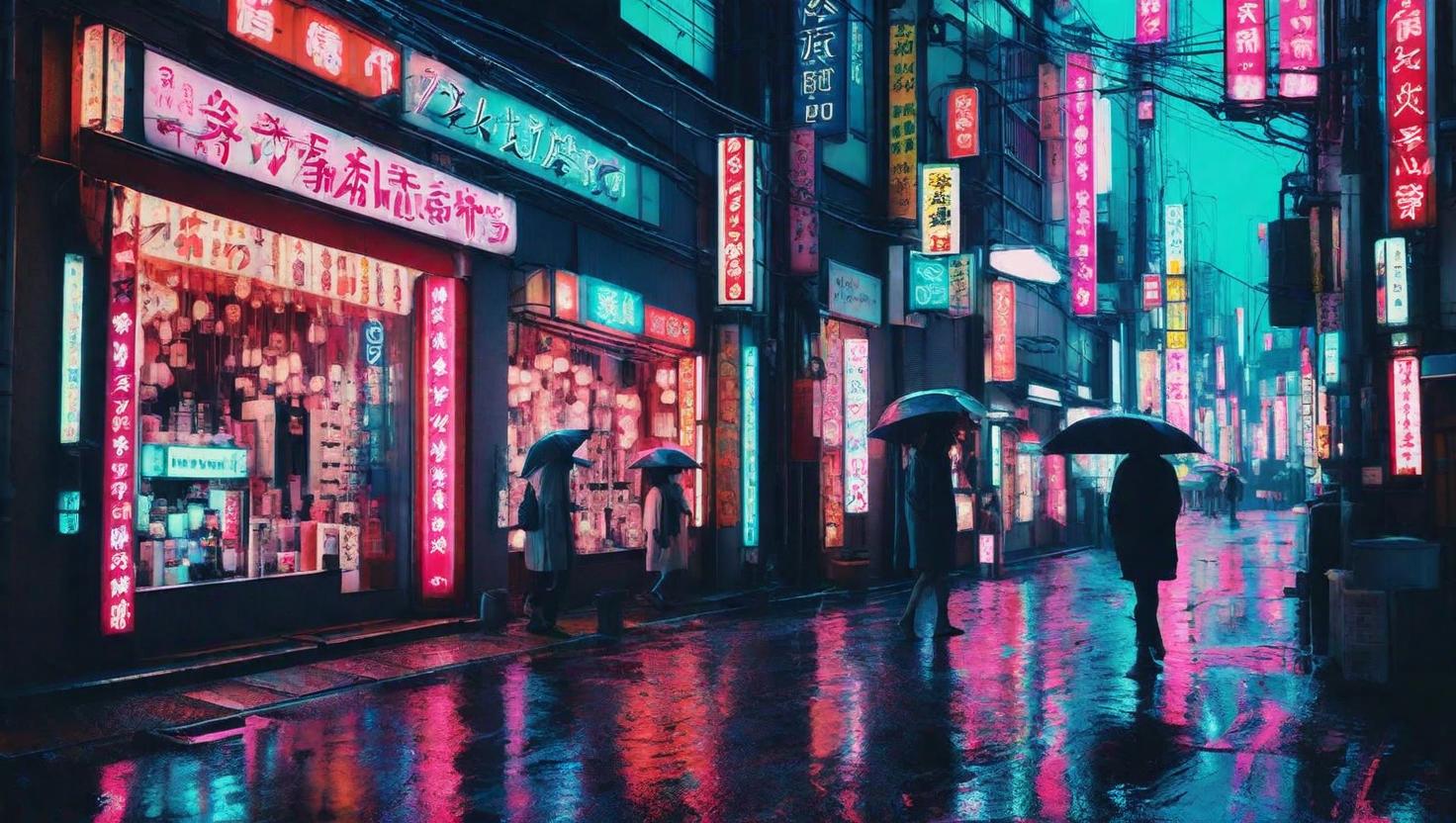The quest for creativity is a journey often hindered not by a lack of imagination but rather a scarcity of curiosity. Our ability to generate novel ideas and solutions is frequently restrained by the confines of our existing knowledge and experiences. While creativity is a magnificent trait, it’s far from a mystical, unfathomable force; rather, it is the product of reassembling the information and insights we already possess.
Many of us encounter a familiar scenario: we gather in a room year after year, armed with the same data, asking the same questions, and inevitably, we depart with the same ideas. Creativity, it seems, has its limits when it relies solely on our existing knowledge and conventional problem-solving methods.
Notably, the realm of competition often echoes this sentiment. When everyone adopts identical approaches, methods, and queries to unearth insights, it’s challenging to stand out. Creativity alone does not guarantee success; the real differentiator lies in our ability to perceive what others cannot.
In the current landscape, we often turn to data, hoping that machines armed with algorithms will uncover hidden connections and insights beyond our human capacity.
However, it’s essential to recognize that these machines are not independent entities; they are reflections of our values, ideas, and biases. If we find ourselves trapped in a singular line of inquiry, machines will merely amplify this tunnel vision.
To overcome this predicament, a shift in our approach is imperative. We should redefine the way we conduct creative workshops, transitioning from the process of combining known information into ideas to exploring the questions we should ask and the information we lack.
A simple yet powerful method to foster this shift is to ask, “What has to be true for X to be true?” where X could represent your strategic goals, existing products, or ongoing endeavors. This question encourages us to explore uncharted territory and challenge preconceived notions.
Experimentation emerges as a pivotal tool in this transformation. Rather than serving as a mere confirmation of our existing knowledge, experiments should aim to surprise us and expand our horizons.
The true success of experimentation lies in its ability to teach us something we didn’t know moments before. To achieve this, we must minimize the cost of experiments, making them accessible to all. As Thomas Alva Edison wisely noted, “The real measure of success is the number of experiments that can be crowded into 24 hours.”
By embracing low-cost, swift experimentation, organizations can explore hypotheses and assumptions that previously lay untested. They can amass new knowledge, extract fresh insights, and embark on uncharted journeys.
In this age of uncertainty, it is the willingness to acknowledge the gaps in our understanding and explore the uncharted territories of knowledge that fuels curiosity and fosters learning. In essence, we must transition from a focus on mere creativity to one that celebrates insights, questions, and experimentation. It’s within this shift that we unlock the full potential of curiosity, laying the groundwork for innovation and growth.
As we navigate this evolution in our approach to creativity, one cannot help but wonder how the emergence of generative AI technologies fits into this narrative. Generative AI introduces the concept of automated creativity, where machines have the capacity to generate novel solutions and ideas independently.
With generative AI, we stand at the cusp of a new era where the boundaries of human creativity expand even further. These technologies promise to complement human ingenuity by offering new perspectives, ideas, and solutions.
As generative AI technologies become integral to our creative processes, we must explore the synergies that can emerge. These technologies have the potential to challenge our assumptions, open new doors to experimentation, and offer fresh perspectives. In doing so, they enrich our creative landscape, pushing the boundaries of what we can imagine and achieve.
In conclusion, curiosity remains at the heart of human progress and innovation. It is the driving force behind our ability to adapt, learn, and create. By embracing curiosity, fostering experimentation, and integrating generative AI into our creative processes, we embark on a journey to unlock uncharted realms of possibility, empowering us to thrive in an ever-evolving world.


Leave a Reply